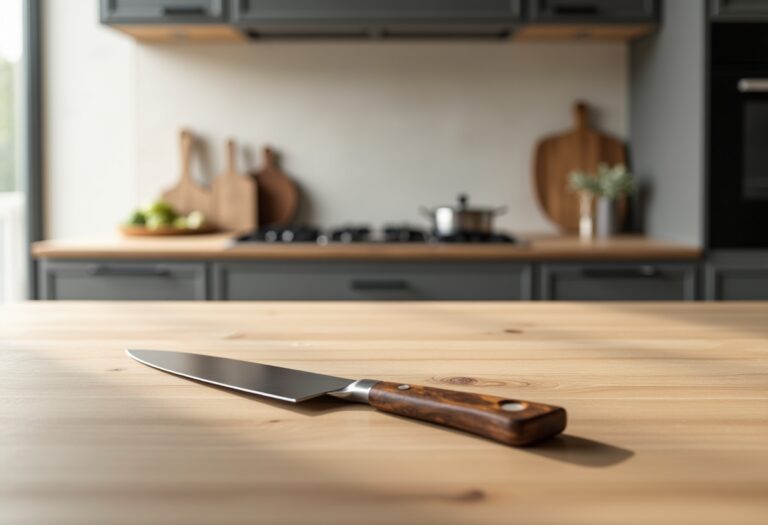Explore the essential factors to consider when buying a chopping board.

Topics covered
When it comes to kitchen essentials, a chopping board is often overlooked in favor of flashier gadgets like air fryers or slow cookers. However, a quality chopping board is crucial for efficient food preparation, ensuring safety while cutting, and maintaining the sharpness of your knives.
With so many options available, understanding the different materials and features can help you make an informed decision.
Why a good chopping board matters
A chopping board serves as the foundation for all your food prep tasks. According to culinary experts, a well-chosen board can enhance your cooking experience.
Mimi Morley, a senior recipe development manager at HelloFresh, emphasizes that a good-sized, high-quality chopping board is integral to enjoying the cooking process. A subpar board can lead to accidents, uneven cuts, and a frustrating cooking experience.
Material considerations
Chopping boards come in various materials, each with its pros and cons. Wooden and bamboo boards are known for their natural antibacterial properties and aesthetic appeal. However, they require more maintenance, such as regular oiling and careful washing to prevent warping. Plastic boards, on the other hand, are generally more affordable, dishwasher-safe, and easier to clean, but they may not last as long and can show knife marks more readily.
For those concerned about hygiene, color-coded plastic boards can help prevent cross-contamination by designating specific boards for raw meat, vegetables, and cooked foods. This is especially important in a busy kitchen where food safety is paramount.
Size and storage options
When selecting a chopping board, size matters. A board that is too small can lead to spills and accidents, while one that is too large may be cumbersome to clean and store. It’s advisable to have a range of sizes available for different tasks. Additionally, consider storage solutions, especially if you have a compact kitchen. Some boards come with clever storage features, such as hooks or nesting designs, making them easy to stow away.
Features to look for
Modern chopping boards often come with added features that enhance their functionality. Juice grooves can help contain liquids from fruits and meats, while non-slip feet ensure stability during use. Some boards even have integrated storage solutions or are designed to fit neatly under cabinets. When testing various boards, it’s essential to consider how they perform during actual food prep tasks, such as chopping, slicing, and dicing.
Maintenance and longevity
To maximize the lifespan of your chopping board, proper maintenance is key. Wooden boards should be hand-washed and dried immediately to prevent moisture absorption, while plastic boards can usually withstand the dishwasher. Regular oiling of wooden boards helps maintain their surface and prevents cracking. It’s also important to replace any board that shows deep cuts or grooves, as these can harbor bacteria.
Investing in quality
While it may be tempting to opt for the cheapest option, investing in a high-quality chopping board can save you money in the long run. A good board not only enhances your cooking experience but also protects your knives, ensuring they remain sharp and effective. Experts recommend having at least one wooden board for fruits and vegetables and a plastic one for meat to maintain hygiene and efficiency in the kitchen.
In conclusion, choosing the right chopping board involves considering material, size, features, and maintenance. By investing time in selecting the best board for your needs, you can elevate your cooking experience and ensure safety and efficiency in your kitchen.





Leave a Reply